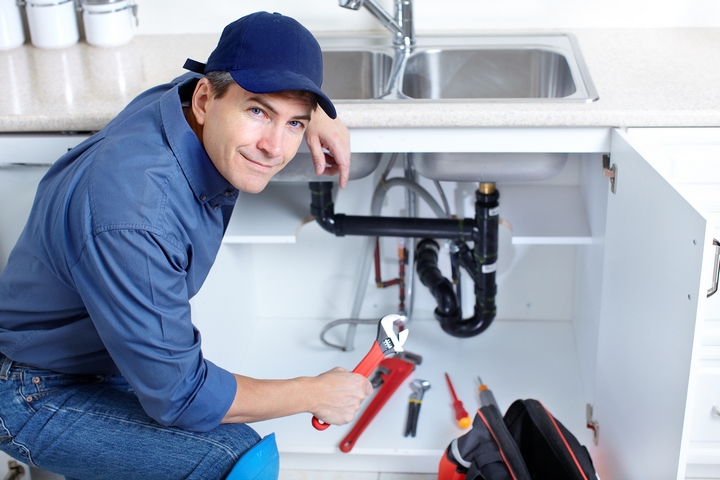
Most of us have tried to fix clogged or plugged drains with a combination of brute strength and high-powered chemicals. Both can be damaging to your health. That’s why when your drain is really stogged up, it’s better to call in a professional plumbing company that specializes in drain repair.
1. Try your home remedy
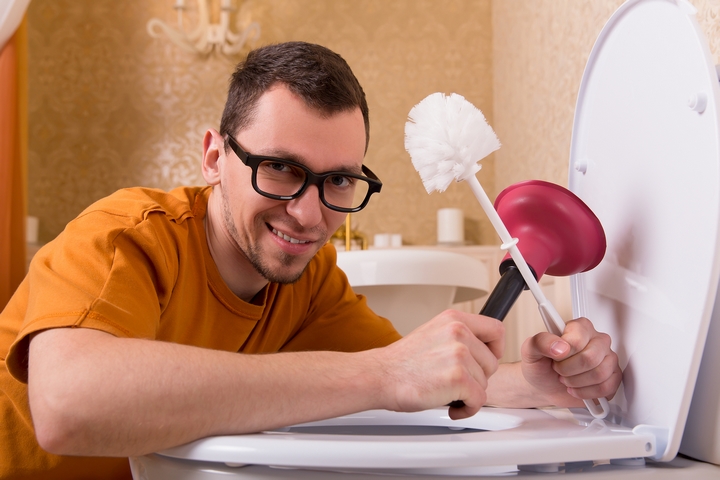
Drains get clogged regularly by hair, soap scum, and other foreign objects that somehow gets into your plumbing system. You can try any of the remedies your friends might suggest. One good tip is to pour half a cup of baking soda down the drain followed by a half cup of vinegar. Then replace the drain cover loosely and wait for a couple of hours before running water through the system.
2. Call a professional plumber
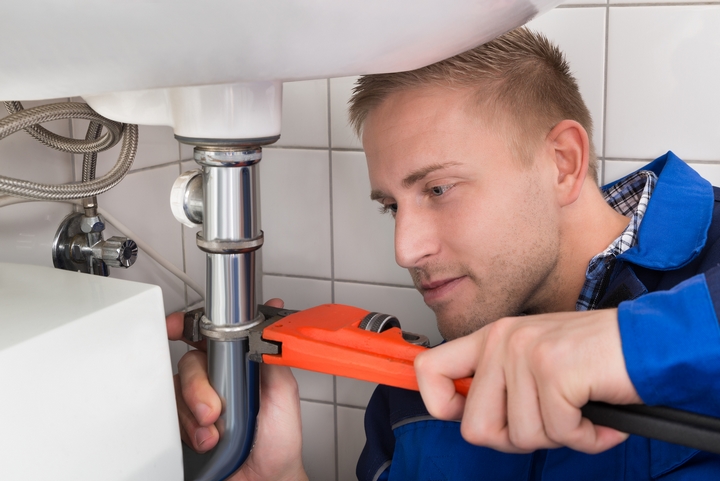
But if that any of your own home-style remedies don’t work, maybe it’s time to reach for another tool, the telephone, to call a drain rescue plumber. They have the right tools and expertise to get you out of your jam, and to get your water up and running again. Even better, if the problem is more serious than a simple clog, like a broken or jammed sewer line, they can handle it. You also might need your whole system flushed out so that it and you can start over again.
What do you expect from a drain rescue plumber? Plumbers that specialize in clearing drains often have the same basic approach to their work. They inspect to find the source of the problem. They investigate deeply to make the right diagnosis, and then they apply the tools of the trade to fix your plumbing and drain problems.
3. Inspect the site
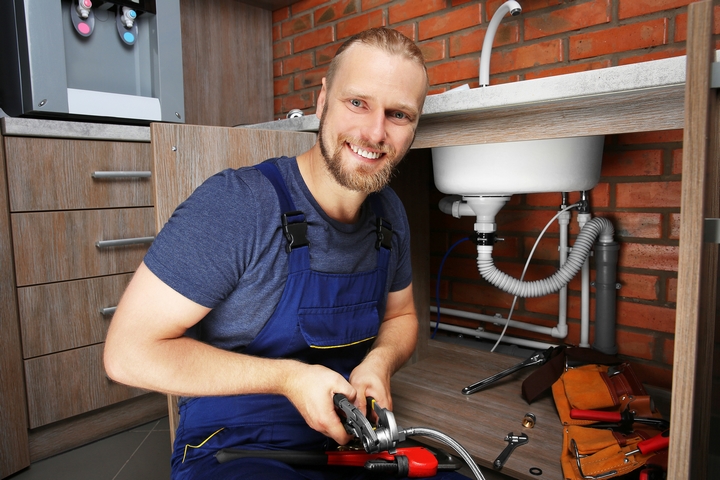
A drain repair plumber will start the work with an inspection of your clogged drains or plugged sewer lines to identify and locate the source of the problem. They know that a clog can mean anything from hair to soap scum, and a blockage can be caused by any number of foreign objects or materials that gets into the plumbing system of your house.
These professional plumbing experts will also check all of your piping inside before moving outside to closely inspect the sewer line and external systems as well. One tool that they often use is a miniature camera attached to a wiring system. That allows them to take a look at the clog and map out its location in the system.
4. Investigate and diagnose
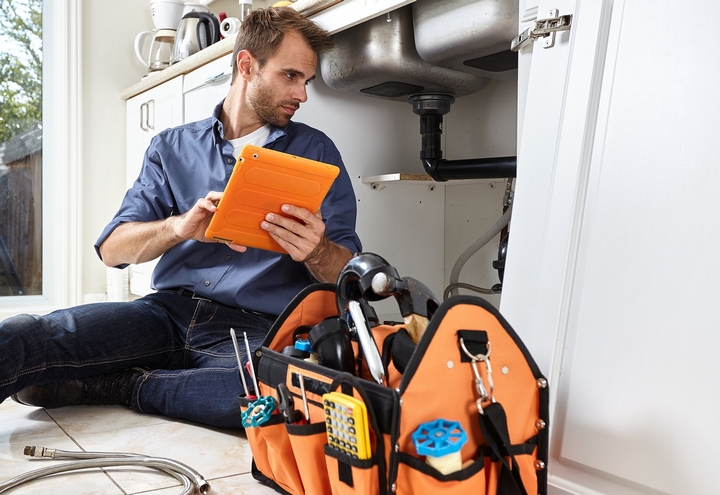
Once their site inspection has been completed, they will know the general area or location of your clog or blockage. That will give them the information they need to make a recommendation on how to proceed with any kind of service, repair or replacement that might be required.
The range of these problems could be wide and varied and any number of reasons could be causing your drain issues. Those could be anything from corroded pipes to hard water deposits, and things like sewer back-ups or organic clogging. Once they have made their diagnosis, they can take out their extensive tool box and start moving you towards a solution.
5. Tricks of the trade
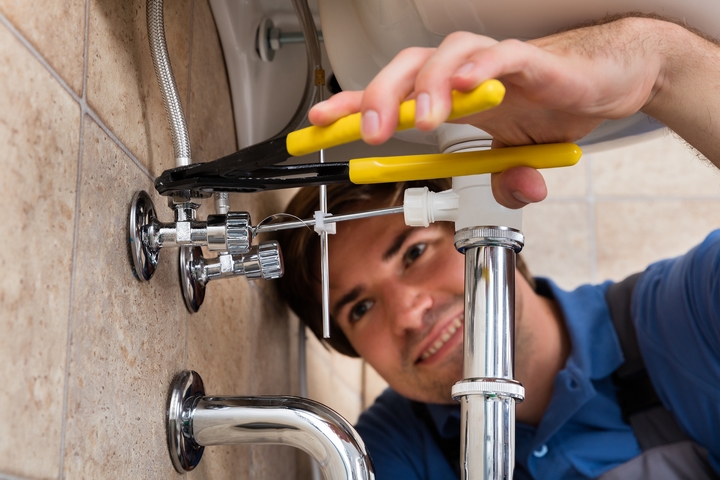
A drain service plumber will likely start their clean-up by removing the P trap, the curved section of pipe that sits right underneath the drain. Sometimes that will do the trick on its own. If that doesn’t work, they might utilize a drain snake that can reach clogs that are located deep within your drain system.
The drain snake can be used to either pull out the clog, push out the clogged item or debris through the sewer system, or to create a hole that allows the water to start flowing again. If those two first steps don’t work they will access the pipework to either loosen the pipes, clean the pipes or replace them.
